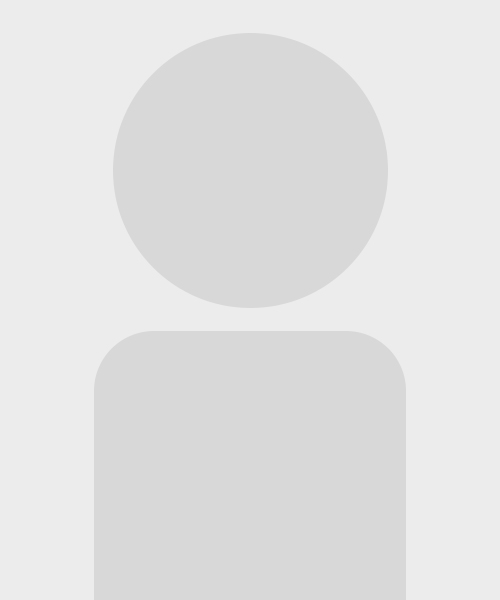Approximately 50 diagnostics will be installed on ITER, distributed in 20 ports, on the vacuum vessel surface, and in the divertor. These diagnostics will measure more than 100 parameters necessary for control of the plasma and first wall processes in order to achieve the required goals, and to gain the knowledge needed for future reactor designs. Many diagnostic projects are now moving forward thanks to support of teams working cooperatively around the world, with several components being already manufactured, delivered to ITER site and installed.
The diagnostics on ITER will be subject to new challenges unprecedented in today’s tokamaks. The diagnostics will operate in a nuclear environment which requires the design to mitigate the transmutation, radiation damage, and thermo-electric effects, as well as to cope with nuclear heating. The diagnostics will be subject to very limited or no maintenance, and they need to be designed with very high reliability and/or redundancy. The diagnostic components installed inside the vacuum vessel require rugged design to withstand e.g. bakeout conditions and exposure steam.
Since ITER is a nuclear facility, the design, manufacture and installation of the diagnostic components is subject to safety and quality requirements, in particular for installation on the nuclear confinement barriers such as the vacuum vessel, and vacuum vessel feedthroughs and windows.
This contribution will describe how these challenges and requirements are successfully met in the diagnostic designs through standardization, quality requirements, dedicated R&D, and design for protection and replacement of critical items. The contribution will also outline the design of the diagnostic ports, engineered to accommodate several diagnostic systems and their services, whilst maximizing the nuclear shielding performance and respecting the weight limit.


























